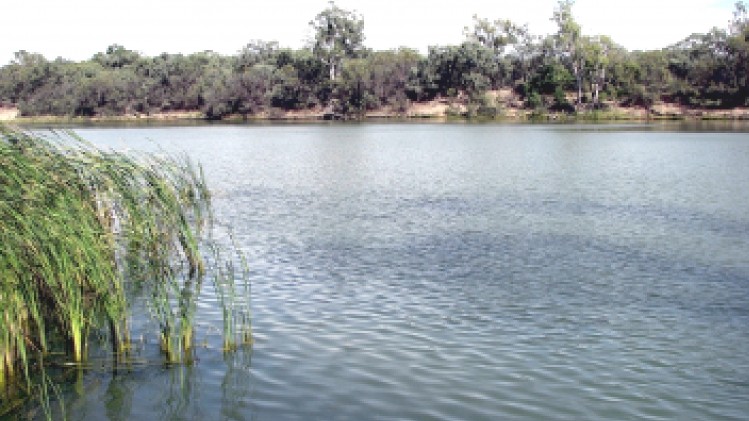Australia
Study gives model for water rights trading prices

The research, conducted by economists from the University of Adelaide in South Australia, has resulted in a unique model that could be used to help develop water markets in areas that do not exist, as well as better understanding how to apply environmental policy, such as water buyback schemes.
Research leader Sarah Wheele said more evidence around the selling or buying of water rights was needed because it has competing environmental and agricultural interests.
"Agriculture that relies on irrigation is the largest water user in many countries in the world. Despite water markets being in existence for many years, there has been a real lack of knowledge about water price elasticity—that is, how do changes in the price of water entitlements influence changes in supply and demand of water," Associate Professor Wheele said.
Better understanding responses to water prices is essential for evaluating various environmental and economic policy initiatives, such as those designed to address water shortages.
“For example, what is a ‘fair’ price irrigators should expect to give up their water for the environment?" she questioned.
Wheeler and her team used Australia's Murray-Darling Basin (MBD) as a case study.
The MDB provides an excellent opportunity to experimentally examine water supply and demand elasticities because of its strong and well-established water institutions.
Water markets were first established in Australia in the 1980s, with significant water reform, both urban and rural, introduced in the early 1990s, and renewed with the introduction of the National Water Initiative in 2004.
The team used survey responses from 535 irrigators across three states to find out how much they would buy or sell water entitlements depending on different prices. They then validated their experimental model by combining the results with actual data on what irrigators were buying and selling.
The study did not determine a specific price point.
"What the model gives us is a range of prices that will stimulate buying and selling behaviour among irrigators under certain supply and demand conditions, and depending on the type of water entitlement and characteristics of the irrigator,” Wheeler said. “So it's not as simple as saying that everyone will buy or sell at a certain price.”
“However, we can say with some certainty that a 1% increase in a high-security water entitlement price will increase the water supplied by irrigators by up to 0.43%. Irrigators will supply more water at high prices, and we also know that at prices higher than $4,000/ML for high security water, the majority of irrigators would sell all their water.”
Insights obtained from this study include a better understanding of how different types of irrigators behave when buying and selling water – taking into consideration their location, their water reliability, their farm type, their debt levels and other socio-economic and regional characteristics.
"From our point of view, one of the most important outcomes of this study is that we now have an accurate model. This will be a useful tool for successive governments and regulators,” Wheeler said.
The research was supported by the Australian Research Council and has been published online ahead of print in the American Journal of Agricultural Economics.















